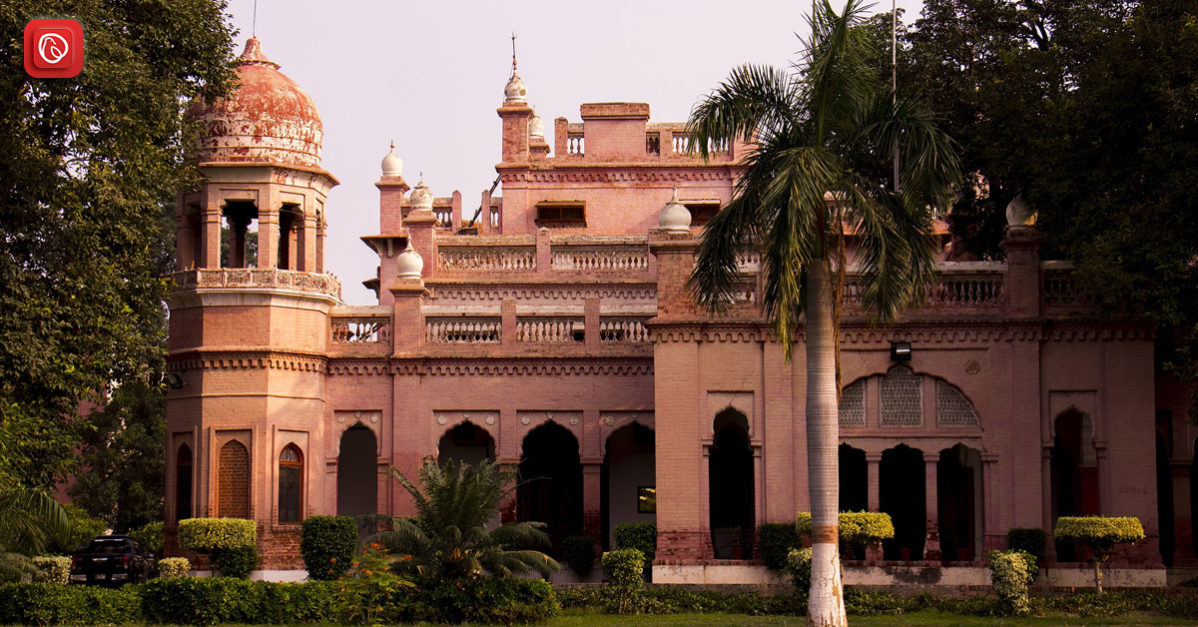Chamba House, situated in Lahore, Pakistan, is a historic building originally constructed during the British colonial era for the Maharaja of Chamba. Exemplifying colonial architectural style with its spacious rooms, high ceilings, and ornate woodwork, the house is surrounded by well-maintained gardens, adding to its stately charm. Today, it serves as an official government residence and a venue for hosting dignitaries and official events, while efforts to preserve its historical and architectural integrity continue. As an important heritage site, Chamba House not only reflects Lahore’s colonial past but also attracts tourists and history enthusiasts interested in its cultural significance.
In this blog, Graana.com discusses everything you need to know about Chamba House, including its history, cultural significance and more.
Historical Background
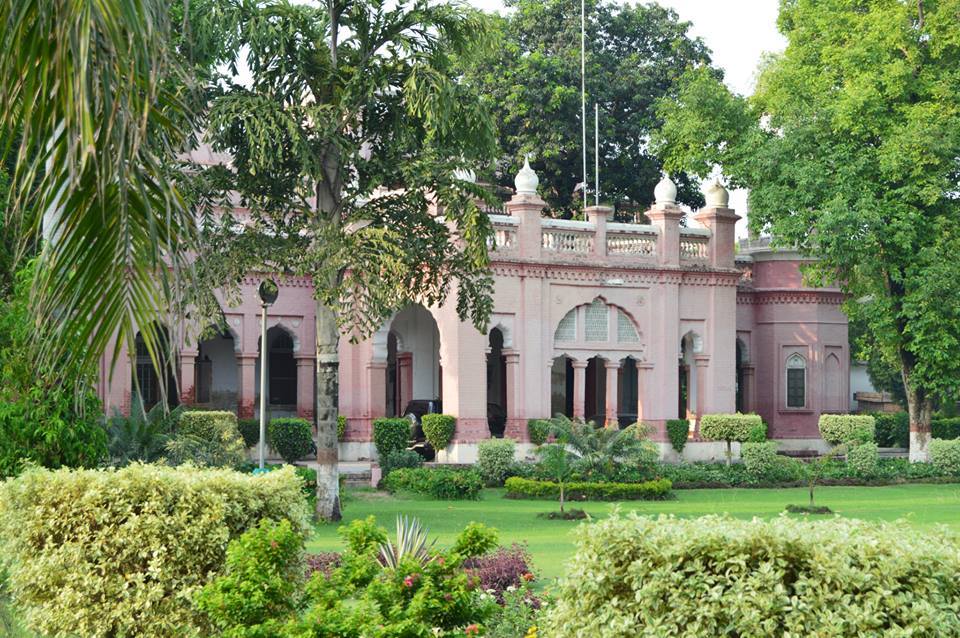
Chamba House in Lahore, Pakistan, has its roots deeply embedded in the colonial history of the Indian subcontinent. Constructed during the British Raj, it was built as a residence for the Maharaja of Chamba, a princely state in northern India. The British colonial administration often constructed such grand residences for the royalty and nobility to accommodate their visits and stays in key cities.
Chamba House, with its quintessential colonial architecture, became a symbol of the British influence in the region, reflecting the grandeur and opulence associated with the ruling elite of that era. Its design incorporates elements typical of colonial architecture, such as spacious rooms, high ceilings, and intricate woodwork, designed to provide comfort and display prestige.
Following the end of British rule and the subsequent partition of India and Pakistan in 1947, Chamba House underwent a transformation in its role and significance. As Lahore became a part of the newly formed Pakistan, the house transitioned from a royal residence to an important government property.
Over the decades, it has been repurposed as an official residence for high-ranking government officials and a venue for official events and functions. Despite these changes, efforts have been made to preserve its historical and architectural integrity, recognizing its importance as a cultural and historical landmark. Chamba House stands today not only as a testament to the colonial past but also as a continuing part of the administrative and cultural fabric of Lahore.
Location
Chamba House is located in the heart of Lahore, Pakistan, specifically on G.O.R. (Government Officers Residences) Road, a prominent area known for housing important government buildings and residences. Its strategic location in one of Lahore’s well-known administrative districts underscores its significance as a key government property.
The area is easily accessible and is surrounded by other historic and administrative landmarks, making Chamba House not only a functional official residence but also a notable point of interest within the city’s architectural and historical landscape.
Nearby Areas
Following are some of the important nearby areas of Chamba House.
G.O.R. (Government Officers Residences) Colony
G.O.R. Colony, where Chamba House is present, is an elite residential area primarily allocated for high-ranking government officials. Known for its serene environment and lush green surroundings, G.O.R. Colony features a range of colonial-era bungalows and modern residences.
The area has wide, tree-lined streets and meticulously maintained gardens, providing a tranquil retreat within the bustling city of Lahore. Its exclusivity and proximity to important governmental offices make it a prestigious location for Lahore’s administrative elite.
Mall Road
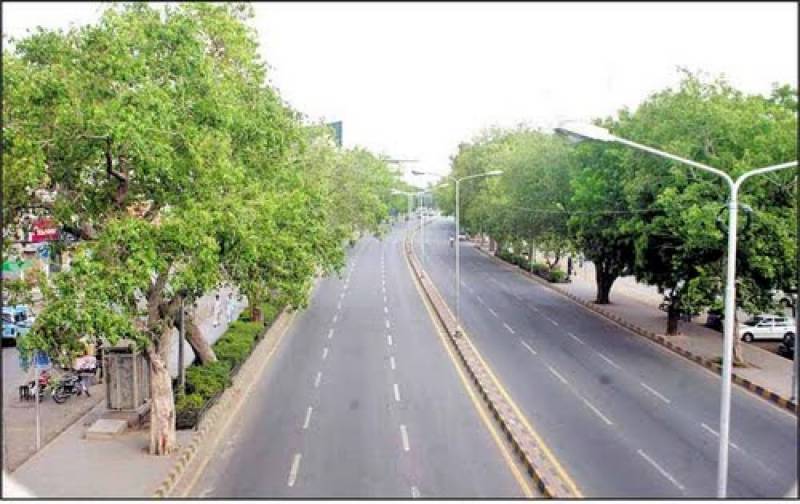
Mall Road, one of Lahore’s most famous thoroughfares, runs close to Chamba House. This historical road is a bustling hub of commercial, administrative, and educational activity. Lined with colonial buildings, shopping centres, restaurants, and educational institutions, Mall Road is a vibrant artery of the city.
Key landmarks along Mall Road include the Lahore Museum, Punjab University, and the Governor’s House, making it an area rich in cultural and historical significance. Its strategic location connects various parts of Lahore, making it a central and highly frequented area.
Lawrence Gardens (Bagh-e-Jinnah)
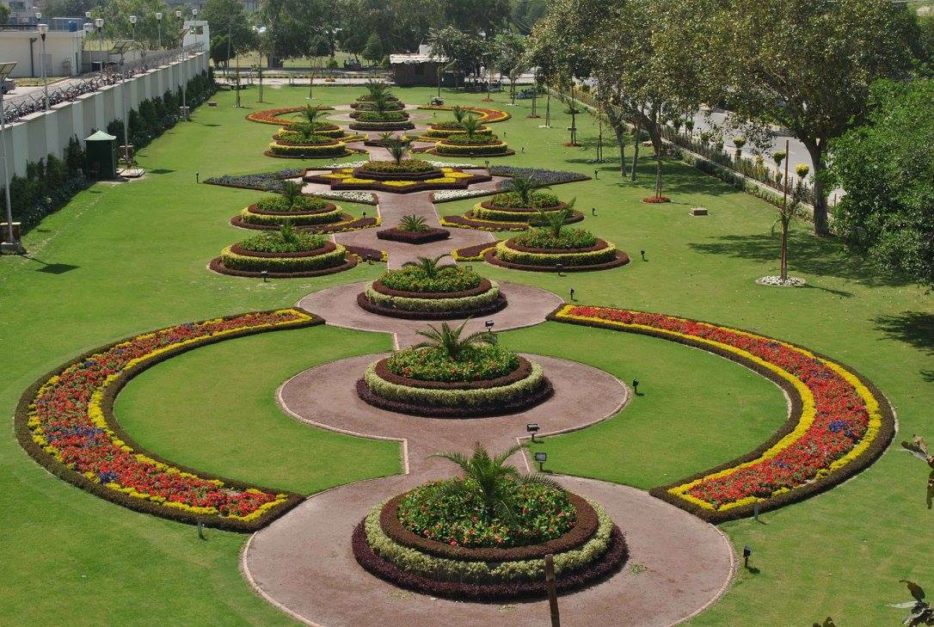
Lawrence Gardens, also known as Bagh-e-Jinnah, is another notable area near Chamba House. This expansive garden serves as a green oasis in the city, offering lush landscapes, walking trails, and recreational facilities. It is home to a variety of plant species and historical monuments, including the Quaid-e-Azam Library. The gardens provide a peaceful retreat for residents and visitors alike, offering a space for leisure and relaxation. Its historical relevance and well-maintained grounds make Lawrence Gardens a cherished spot for both locals and tourists.
Punjab Civil Secretariat
The Punjab Civil Secretariat, located nearby, is the administrative nerve centre of the Punjab province. This complex houses various government departments and offices, including the office of the Chief Secretary of Punjab. The Secretariat is a hub of governmental activity, where key decisions and administrative processes take place. Its proximity to Chamba House underscores the strategic importance of the area for provincial governance and administration, making it a vital part of Lahore’s political landscape. The presence of the Secretariat contributes to the area’s significance as an administrative hub.
Architectural Features
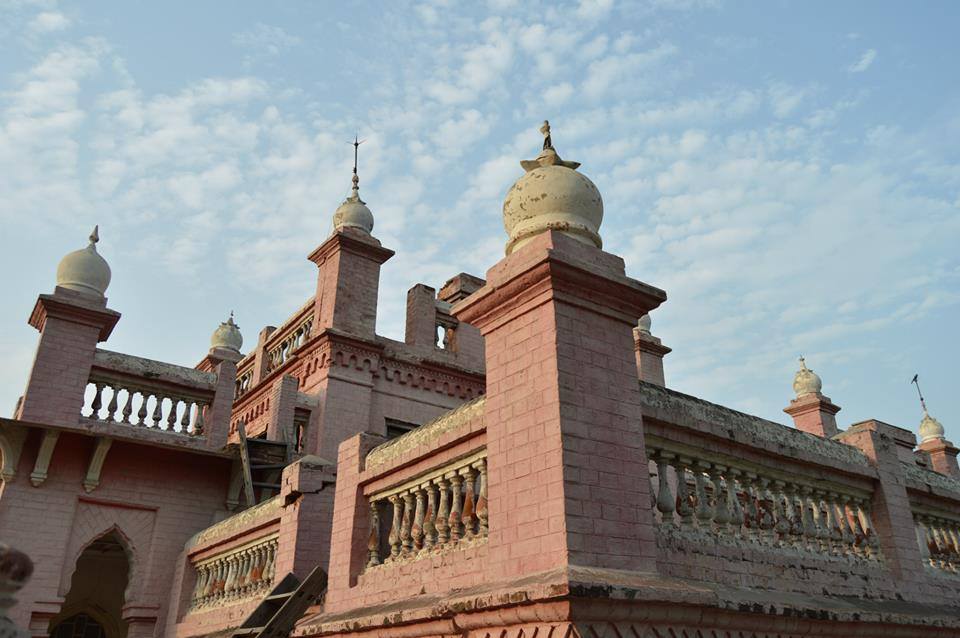
Chamba House is a prime example of British colonial architecture, characterised by its grand and elegant design elements. The building features spacious rooms with high ceilings, which were typical of colonial structures designed to combat the region’s hot climate by promoting airflow and maintaining cooler indoor temperatures. Ornate woodwork and intricate detailing adorn the interiors, reflecting the craftsmanship and aesthetic sensibilities of the era. Large windows and wide verandas are also prominent, allowing for ample natural light and providing a connection to the surrounding lush gardens. These design elements not only enhance the aesthetic appeal of Chamba House but also underscore the blend of functionality and luxury that was a hallmark of colonial architecture.
Externally, Chamba House has a surrounding of meticulously maintained gardens that add to its stately charm. The gardens feature a variety of local and exotic plants, creating a serene and picturesque environment. The building’s façade has colonial-style columns and arches, giving it a majestic and imposing appearance. The use of brick and mortar, combined with decorative elements such as wrought iron railings and detailed cornices, adds to the building’s historical and architectural significance. The overall design of Chamba House embodies the grandeur and opulence associated with the colonial era, making it not only a functional government residence but also a significant cultural and architectural landmark in Lahore.
Cultural Significance
Chamba House holds significant cultural importance as a testament to Lahore’s rich colonial heritage and architectural history. Its construction during the British Raj and its subsequent use reflect the historical dynamics and transformations of the region. The building stands as a symbol of the opulent lifestyle of the colonial elite, showcasing the architectural grandeur that characterised that era. This historical edifice provides a tangible connection to the past, allowing contemporary society to engage with and appreciate the cultural and historical narratives that have shaped Lahore. As a preserved colonial structure, Chamba House contributes to the cultural tapestry of the city, highlighting the blend of indigenous and colonial influences that define Lahore’s architectural and cultural identity.
Furthermore, Chamba House serves as a cultural beacon in its current role, hosting a variety of official and cultural events. Its well-preserved state allows it to function as a venue for state functions, diplomatic receptions, and cultural exchanges, thereby continuing its legacy as a place of significance and prestige. The house’s gardens and surroundings offer a picturesque setting for events that celebrate Pakistan’s heritage and foster cultural dialogue. By maintaining and utilising Chamba House for such purposes, the government ensures that this historical landmark remains an active and vibrant part of Lahore’s cultural landscape. This ongoing use not only preserves the building’s historical value but also reinforces its role as a living part of the city’s cultural heritage, bridging the past and the present.
Current Use
Today, Chamba House serves as an official government residence, hosting high-ranking officials and dignitaries from both within Pakistan and abroad. The building’s stately architecture and historical significance make it an ideal venue for official functions, state meetings, and ceremonial events. It is meticulously maintained to ensure it remains in prime condition, befitting its role as a symbol of governmental prestige. The residence has all the modern amenities to cater to the needs of its occupants while preserving the historical and architectural integrity of the structure. Moreover, its use as a government residence underscores its continued relevance in the administrative framework of Lahore and Pakistan at large.
Beyond its function as a residence, Chamba House also plays a role in the cultural and diplomatic activities of the government. It often serves as a venue for cultural exchanges, receptions, and other formal gatherings, providing a dignified setting that reflects Pakistan’s rich heritage and hospitality.
Furthermore, the house is occasionally open for tours to select groups, allowing visitors to appreciate its historical and architectural significance. Lastly, by balancing its modern-day utility with preservation efforts, Chamba House continues to be a vital part of Lahore’s heritage, embodying the city’s colonial past and its ongoing administrative and cultural significance.
For more related information, visit Graana Blog.
